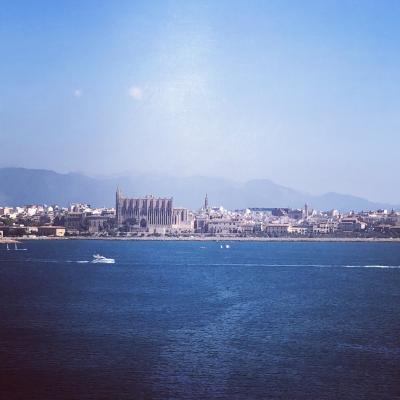How accessible are the scenic viewpoints for travelers with limited mobility on the Palma to Soller route?
Similar Topics
palma to soller
limited mobility
scenic viewpoints
vintage train
accessibility features
wheelchair access
guided tours
mobility aids
The scenic viewpoints along the Palma to Soller route offer a range of accessibility features, but travelers with limited mobility should plan carefully to ensure a comfortable experience. The journey itself is typically made by the vintage train running between Palma and Soller, which is charming and historic but may present some challenges. While the train has been maintained to retain its original charm, it is not fully equipped with modern accessibility features such as ramps or low-floor carriages. As a result, boarding and disembarking might require some assistance for those with mobility impairments.
Once at the key stops along the route, including the charming town of Soller and the nearby Port de Soller, accessibility varies. The main town squares and ports are generally paved and relatively flat, offering easier movement for wheelchair users or those with limited mobility. However, many of the most celebrated scenic viewpoints are located in hilly or uneven terrain, with narrow paths and steps, limiting access. Some lookout points can be reached by car or taxi, which can partially mitigate these difficulties, but public access routes to these viewpoints often lack suitable ramps or handrails.
Visitors who rely on mobility aids should consider arranging private transport or guided tours designed with accessibility in mind, as these options are more likely to accommodate specific needs. Additionally, contacting local tourism offices in advance can provide up-to-date information on accessible routes and facilities. While the natural beauty along the Palma to Soller route is stunning, the infrastructure has not been fully adapted for all mobility levels, so preparation is key for a smooth and enjoyable visit. With careful planning, travelers with limited mobility can still experience many highlights of this scenic journey, although some viewpoints may remain challenging to access.
Once at the key stops along the route, including the charming town of Soller and the nearby Port de Soller, accessibility varies. The main town squares and ports are generally paved and relatively flat, offering easier movement for wheelchair users or those with limited mobility. However, many of the most celebrated scenic viewpoints are located in hilly or uneven terrain, with narrow paths and steps, limiting access. Some lookout points can be reached by car or taxi, which can partially mitigate these difficulties, but public access routes to these viewpoints often lack suitable ramps or handrails.
Visitors who rely on mobility aids should consider arranging private transport or guided tours designed with accessibility in mind, as these options are more likely to accommodate specific needs. Additionally, contacting local tourism offices in advance can provide up-to-date information on accessible routes and facilities. While the natural beauty along the Palma to Soller route is stunning, the infrastructure has not been fully adapted for all mobility levels, so preparation is key for a smooth and enjoyable visit. With careful planning, travelers with limited mobility can still experience many highlights of this scenic journey, although some viewpoints may remain challenging to access.

